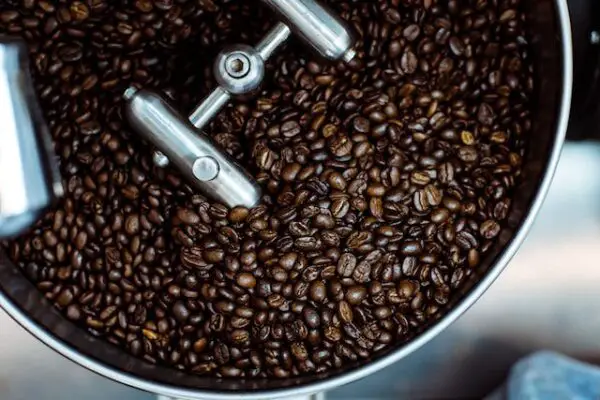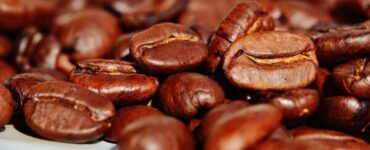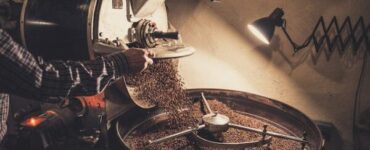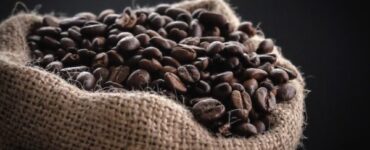When it comes to coffee the roasting process is a crucial step that significantly influences the flavor and aroma of the final brew. Roast levels ranging from light to medium to dark play a key role in shaping the taste profile of coffee beans. In this article we will delve into the intricacies of roast levels uncovering the distinct characteristics of each and how they impact the overall coffee experience.
Table of contents
Light Roast: Embracing Brightness and Complexity
Light roast coffee is roasted for a shorter duration typically at lower temperatures preserving the delicate and nuanced flavors inherent in the beans. This roast level is characterized by its light brown color with the beans exhibiting a dry surface and a higher level of acidity. Light roast coffees often feature vibrant and intricate flavor notes such as citrus floral and fruity undertones. They showcase the natural characteristics of the coffee origin allowing the unique terroir to shine through.
Medium Roast: Finding Balance and Versatility
Medium roast strikes a balance between the bright acidity of light roasts and the richer caramelized flavors of dark roasts. With medium brown beans and a smooth surface this roast level brings out a more pronounced body and sweetness in the coffee. Medium roast coffees offer a wider range of flavors combining the fruity and floral tones of light roasts with hints of chocolate nuts and spices. This versatility makes medium roast a popular choice among coffee enthusiasts seeking a harmonious and well-rounded cup.
Dark Roast: Embracing Richness and Boldness
Dark roast coffee undergoes a longer roasting process resulting in beans that are dark brown to nearly black in color. The extended roasting time leads to the caramelization of sugars and oils within the beans producing a bolder and more robust flavor profile. Dark roast coffees are characterized by their full body low acidity and pronounced roasted notes. They often exhibit flavors of dark chocolate toasted nuts and sometimes even smoky or charred undertones. Dark roasts are known for their intense and rich flavor making them a favorite among those who enjoy a strong and bold coffee experience.
Impact on Caffeine Content
Contrary to popular belief the roast level of coffee does not significantly affect its caffeine content. The caffeine content of coffee is primarily determined by the type of coffee bean and the brewing method used. While it is true that lighter roasts retain more caffeine due to the shorter roasting time the difference in caffeine levels between roast levels is minimal and unlikely to have a significant impact on your overall caffeine intake.
Personal Preferences and Brewing Methods
Selecting the ideal roast level ultimately comes down to personal preferences. Some coffee enthusiasts prefer the bright and intricate flavors of light roasts while others enjoy the bold and intense characteristics of dark roasts. It’s important to experiment and explore different roast levels to discover the profiles that resonate with your taste buds.
Furthermore the brewing method you choose can also influence the optimal roast level. Light roasts tend to shine in pour-over methods or single-origin espresso shots where their delicate flavors can be fully appreciated. Medium roasts are versatile and work well across various brewing methods including drip brewing French press and espresso-based beverages. Dark roasts excel in espresso-based drinks and are favored by those who enjoy a robust and bold coffee flavor.
Embrace the Roast Spectrum
The world of coffee offers a diverse range of roast levels each contributing its own unique characteristics and flavor profiles. Embracing the roast spectrum allows you to explore the vast array of taste experiences that coffee has to offer. Whether you prefer the brightness and complexity of light roasts the balance and versatility of medium roasts or the richness and boldness of dark roasts there is a roast level to suit every coffee lover’s palate.
FAQS
1. What are the main coffee roast levels?
Coffee roast levels can be broadly categorized into three main types: light roast medium roast and dark roast. These categories represent different degrees of roasting that impact the flavor and characteristics of the coffee beans.
2. How does the roast level affect the taste of coffee?
The roast level significantly influences the flavor profile of coffee. Light roasts tend to have a brighter acidity and preserve more of the bean’s original characteristics while dark roasts develop richer smokier and sometimes bitter flavors. Medium roasts offer a balanced combination of acidity and body.
3. What is the impact of roasting on coffee acidity?
Light roasts generally have a higher acidity compared to medium and dark roasts. The acidity in coffee contributes to its perceived brightness and can bring out fruity or floral notes. Dark roasts on the other hand often have lower acidity and showcase more roasted or caramelized flavors.
4. Are light roasts more caffeinated than dark roasts?
Contrary to popular belief the roasting process does not significantly alter the caffeine content of coffee beans. However due to the longer roasting times of dark roasts they may appear to have a stronger flavor which could be associated with higher caffeine content but it’s not accurate.
5. How can I identify the roast level of coffee beans?
The color of the coffee beans is a good visual indicator of the roast level. Light roasts are light brown medium roasts are medium brown and dark roasts are dark brown to almost black. Additionally the sheen on the beans can provide clues as darker roasts often have an oily surface.
6. Which roast level is best for espresso?
Espresso is often brewed with medium to dark roasts. The intensity and richness of flavors in dark roasts can complement the concentrated nature of espresso but personal preference plays a significant role in choosing the right roast for your espresso.
7. Can I mix different roast levels for a unique blend?
Absolutely! Blending different roast levels can create a balanced and complex flavor profile. Experimenting with combinations of light medium and dark roasts allows you to tailor the blend to your preferences and achieve a unique and personalized coffee experience.
8. How should I store coffee beans based on their roast level?
Regardless of the roast level it’s essential to store coffee beans in a cool dark place in an airtight container to preserve freshness. Avoid exposing them to moisture air or sunlight as these factors can degrade the quality of the beans over time.
9. Are there regional preferences for specific roast levels?
Yes regional preferences for roast levels can vary. For instance some coffee-producing regions may prefer light roasts to highlight the intrinsic flavors of the beans while others may lean towards darker roasts for a bolder and more robust taste.
10. Can I roast coffee at home?
Yes home roasting is possible using various methods including air poppers popcorn machines or dedicated home coffee roasters. It allows you to experiment with different roast levels and explore the art of coffee roasting firsthand.
At Kebi we curate a wide selection of coffee beans across various roast levels ensuring that you can find the perfect match for your preferences. We invite you to embark on a journey of flavor discovery and savor the remarkable taste profiles that different roast levels bring to your cup.

Hi, I’m Jodie! I’m a spain-Moroccan writer with a passion for imagination, adventures, magic and stories with heart.
Please don’t hesitate to contact me for any questions, suggestions, comments or feedback.

















Add comment